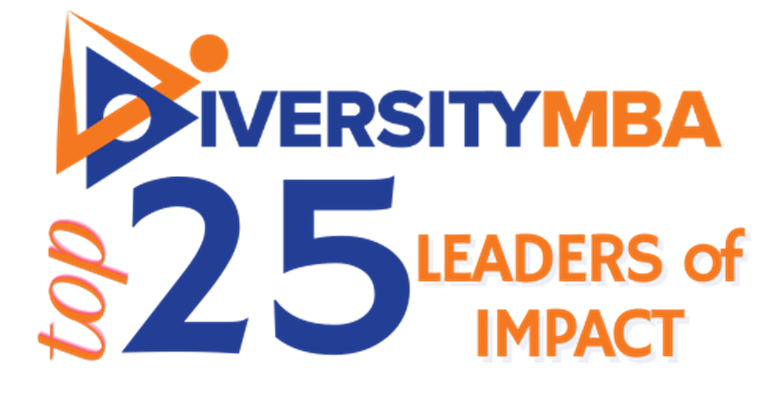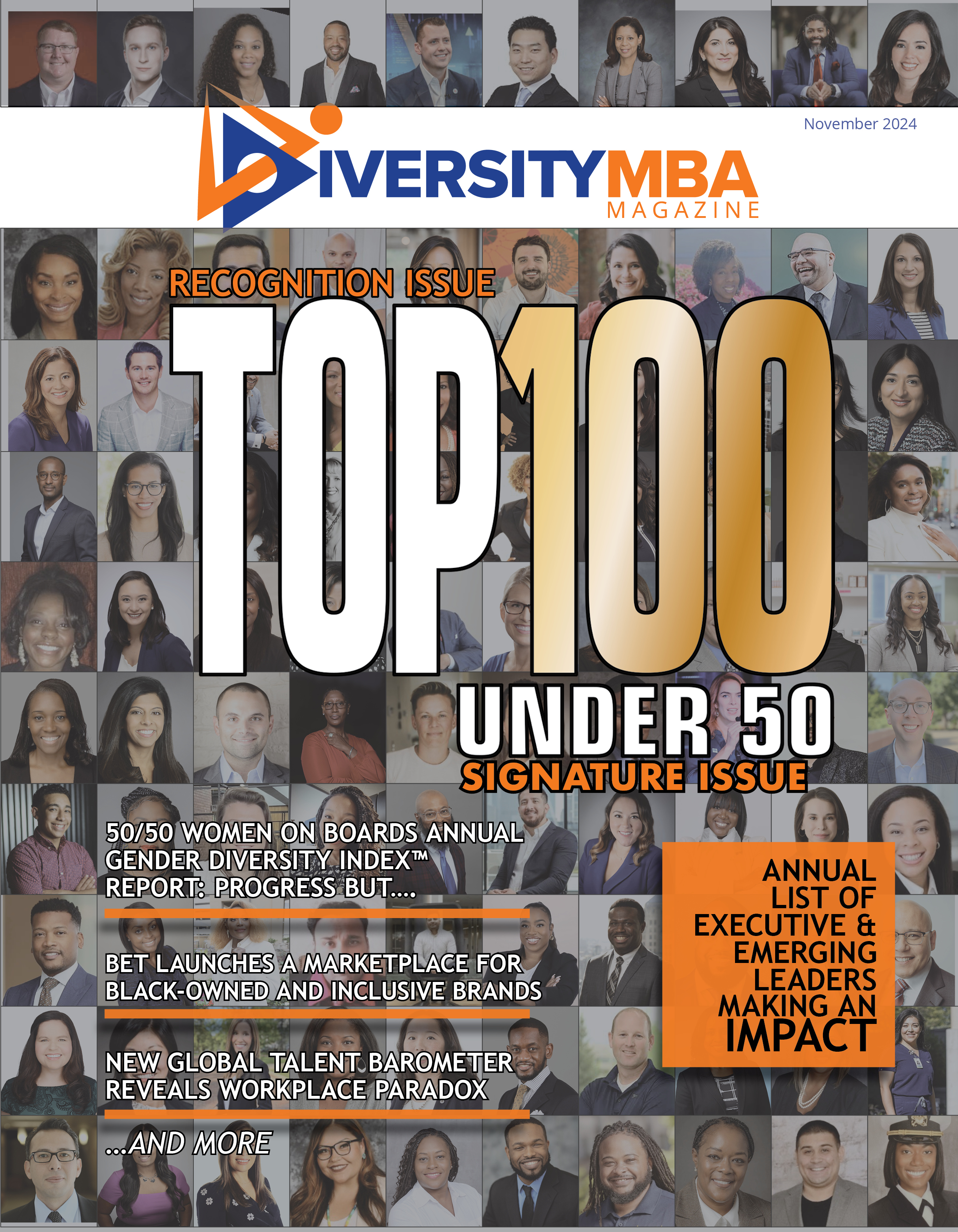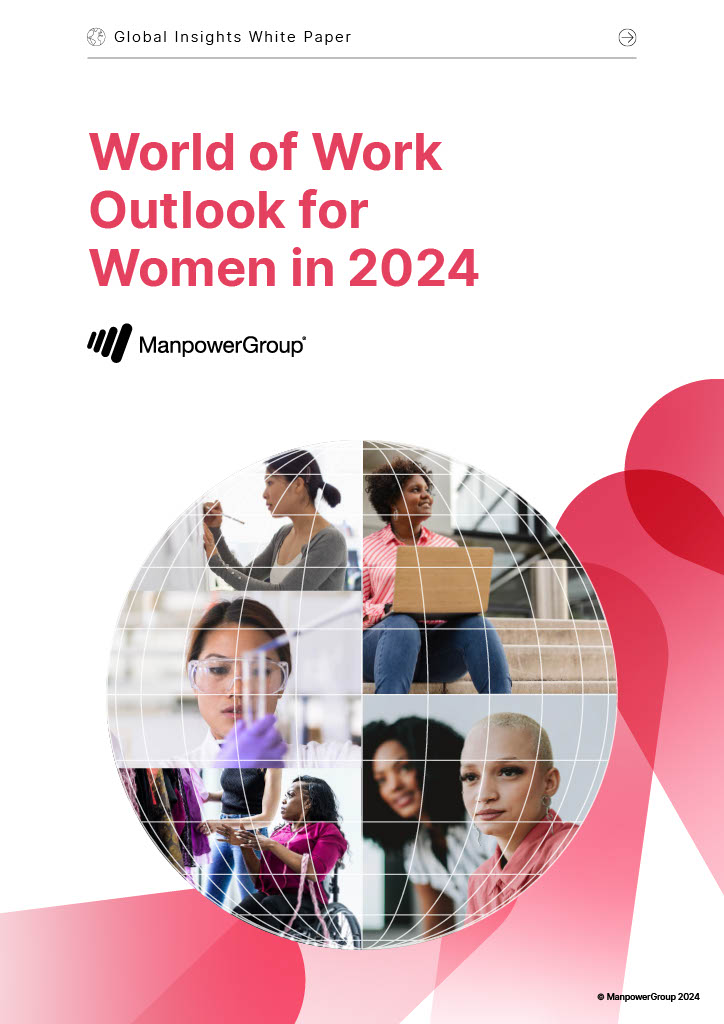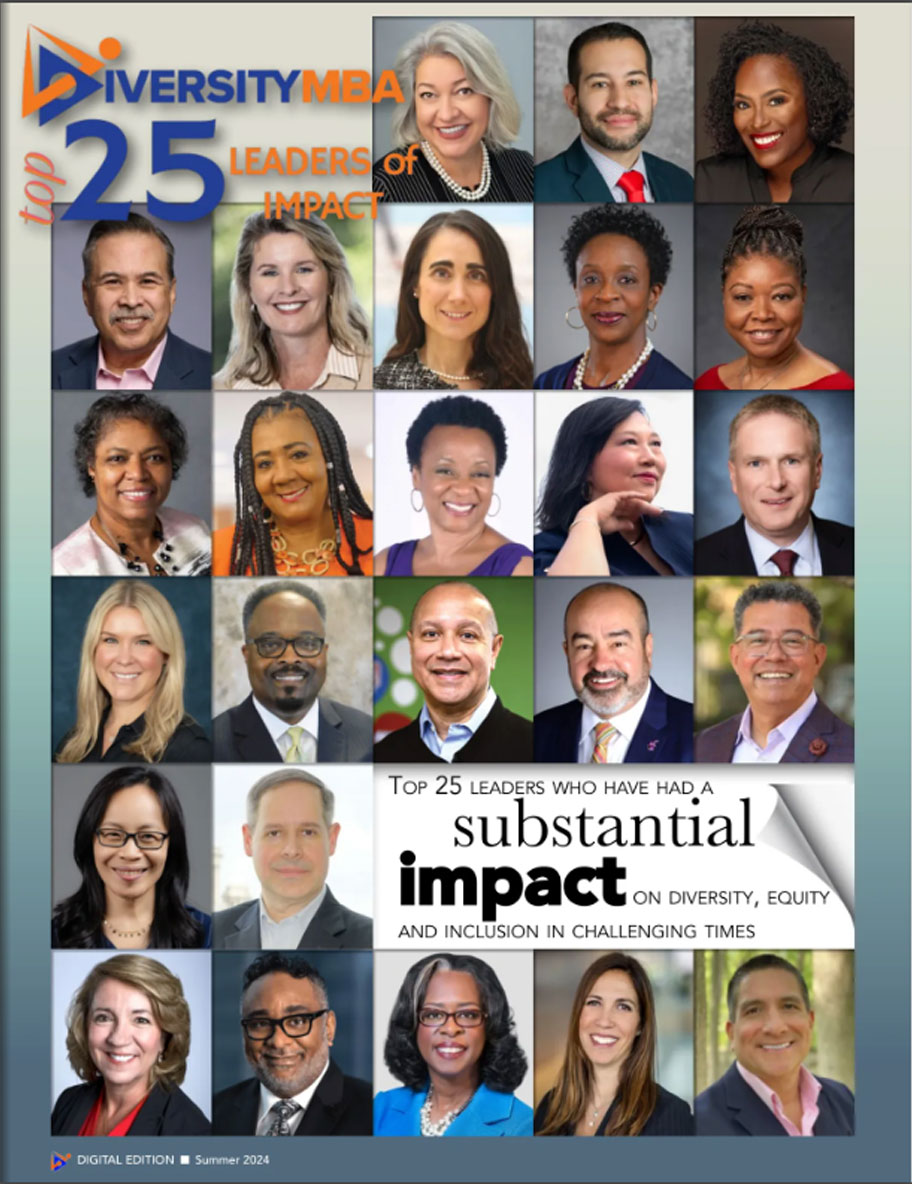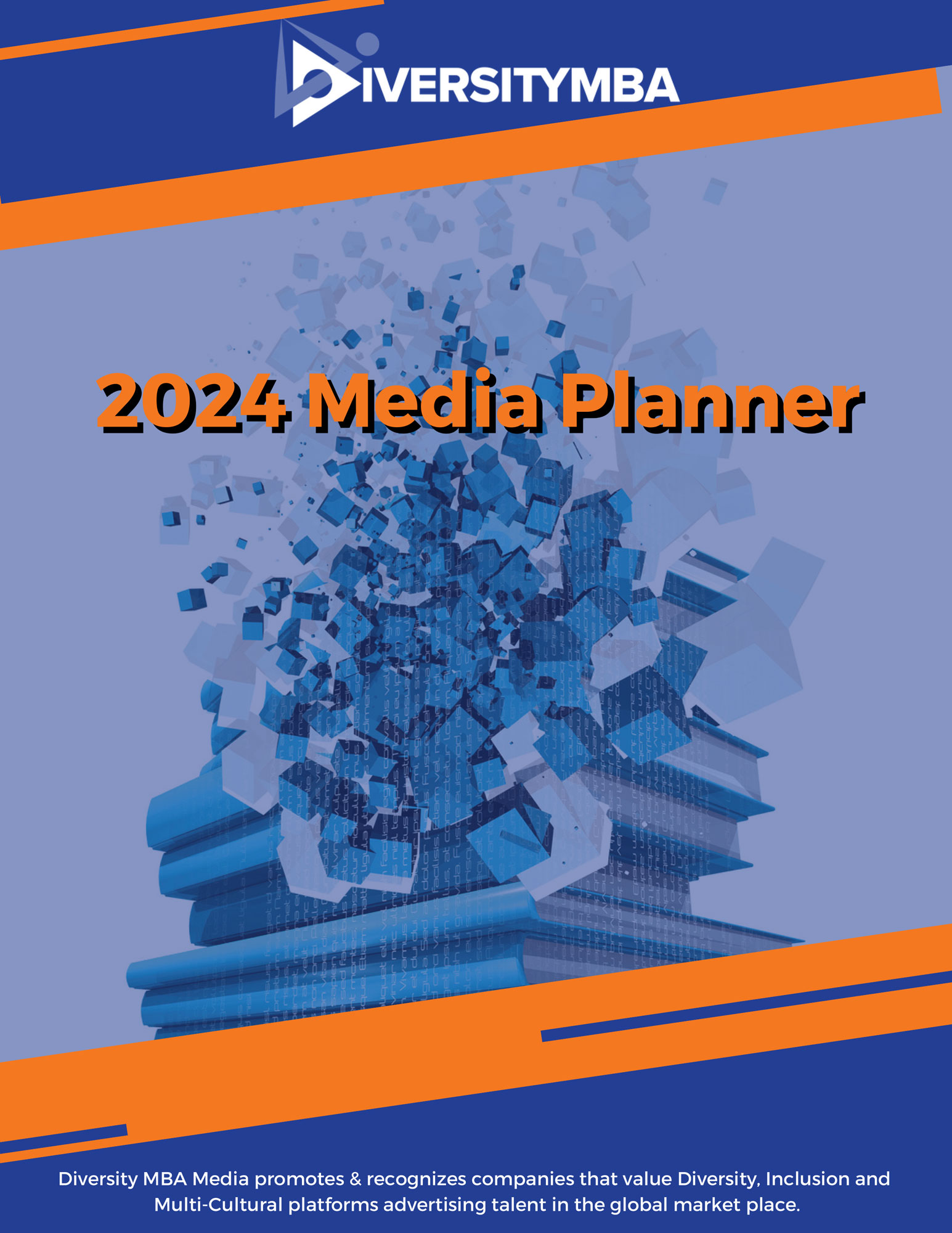When Employee Resource Groups (ERGs) were created, the essence of the initial thinking was to provide employees from different cultures and backgrounds an opportunity to come together and form a membership based group that would focus on ensuring equity among representation, making opportunities for diverse candidates and women, and creating synergies among employees with similar backgrounds. While this initial vision has been successful over the last decade, forging the multicultural integration for organizations, we are forced to look at what the marketplace is demanding now as well as what the new expectations and worth of ERGs need to be for companies and their employee members.
DMBA 2010 research acknowledges that 92% of organizations of our 50 Out Front Companies for Diversity Leadership: Best Places to Work have affinity groups, 88% encourage new diverse managers to join, and more than half (53%) meet monthly or quarterly. Many of the companies host annual diversity conferences where all groups come together. Companies are becoming flexible in allowing for more creative groups to be formed, such as Men Coming Together For Diversity as well as LGBT groups. So we see here that companies clearly get the value of ERGs and their impact on their culture.
The marketplace landscape is quickly changing, and requiring ERGs to contribute more to the bottom line. This isn’t a difficult thing to do when you think about who is a part of the groups in the first place. While ERGs are made up of one ethnicity, the people in them are nonetheless individuals, with unique experiences and with their own respective identities. They are also sponsored by diverse executive councils that understand the business. Through the simple fact that these groups have many different management and line levels as a part of them, it has been proven that they can provide unique marketplace and branding insight. McDonalds is an excellent case study on how ERGs are aligned with the company’s mission and are intentionally about providing solutions that will create opportunities in the consumer market. And why not? It’s a built-in think tank with target-market experts that not only understand the product, but the culture as well.
The other business imperative is that we know ERGs clearly impact retention because the groups have a forum to solve problems, and receive coaching, mentoring, and professional development. ERGs as a cultural-inclusion forum must become the norm. In order for that to be successful, the groups must interact more than once a year. They must be on a continuous learning cycle so they can learn from each other and integrate common solutions impactful to the organization as a whole. This communication does not require face-to-face meetings at all. With today’s technology, you can create a virtual environment that will deliver the exact same result.
And finally, accountability and measurements are crucial. A famous philosopher once said nothing measured, nothing gained. So along with aligning the ERGs missions with their companies, they need the same scorecard identifying and linking their key activities to corporate initiatives that will result in movement and impact. All of these things are not nice to have; they are a must if you and your organization are serious about moving the pendulum. The sum game here is that for the investment companies are making to ensure the success of these groups, the return must be reciprocal.
Pam McElvane
Publisher


